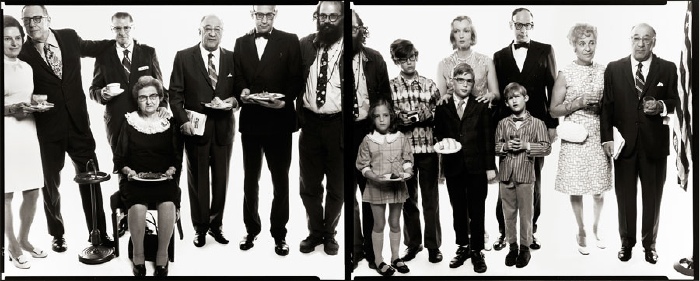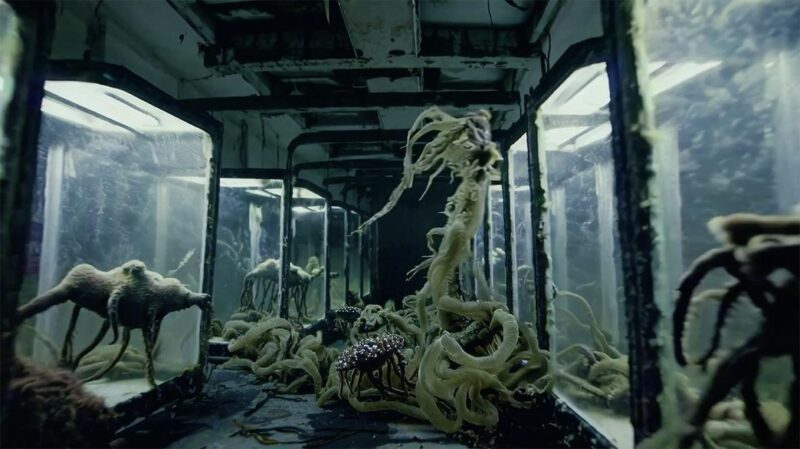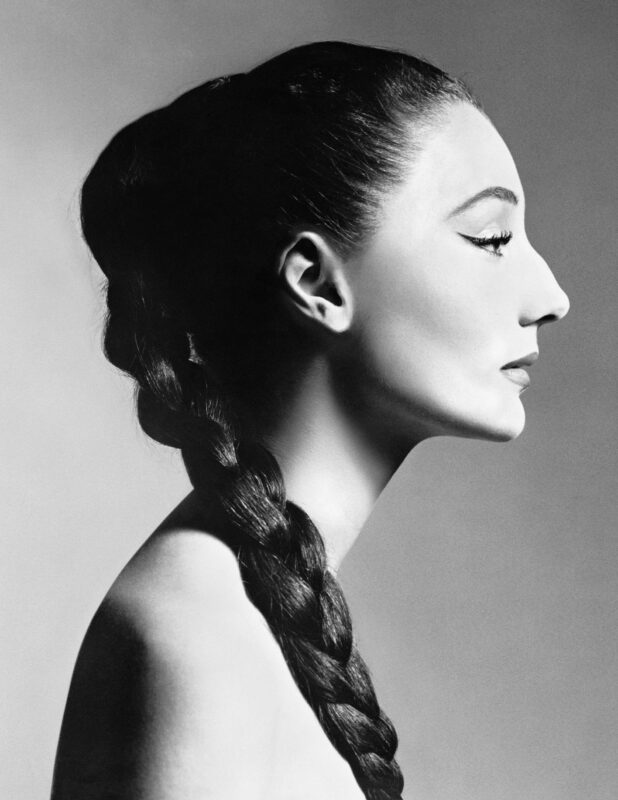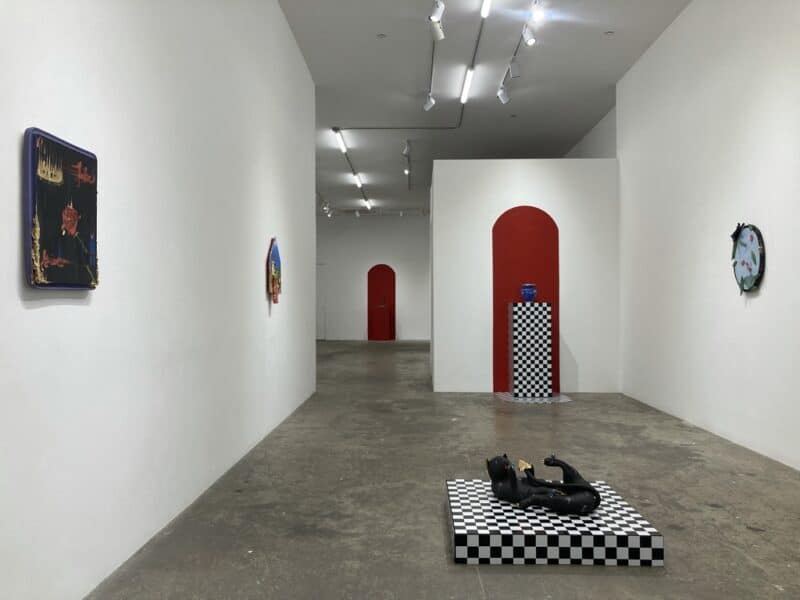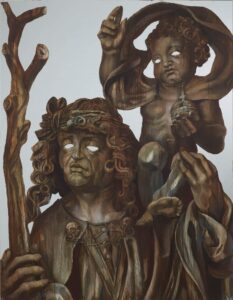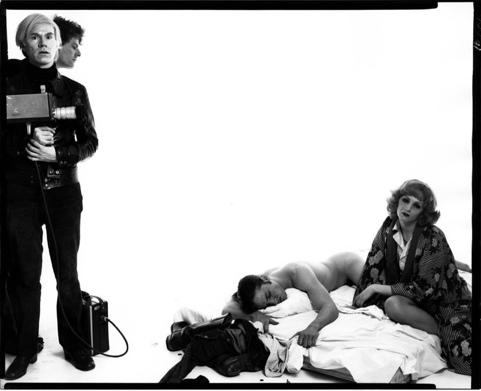
RICHARD AVEDON Andy Warhol and members of The Factory: Andy Warhol, artist; Paul Morrissey, director; Joe Dallesandro, actor; Candy Darling, actor; New York, May 21, 1969, 1970
Gelatin silver print 34 x 42 inches (86.3 x 106.6 cm) Ed. of 3 + 1 AP © The Richard Avedon Foundation
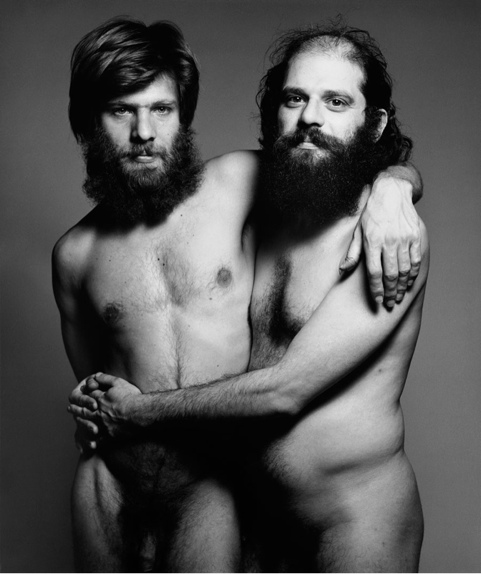
RICHARD AVEDON Allen Ginsberg and Peter Orlovsky, poets, New York City, December 30, 1963, 1980 Gelatin silver print 40 x 30 inches (101.6 x 76.2 cm) Ed. of 11© The Richard Avedon Foundation
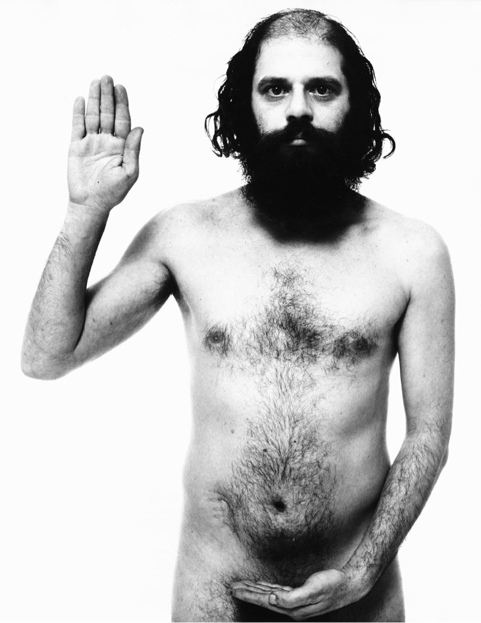
RICHARD AVEDON Allen Ginsberg, poet, New York December 30, 1963, 1963
Gelatin silver print 24 x 20 inches (60.9 x 50.8 cm) Ed. of 7 © The Richard Avedon Foundation
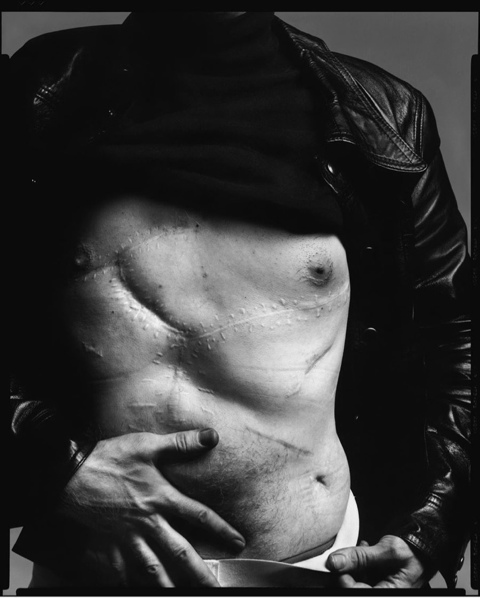
RICHARD AVEDON Andy Warhol, artist, New York, August 29, 1969, 1975
Gelatin silver print 59 x 47 1/2 inches (149.8 x 120.6 cm) Ed. of 10 + 1 AP © The Richard Avedon Foundation
Allen Ginsberg’s family: Hannah (Honey) Litzky, aunt; Leo Litzky, uncle; Abe Ginsberg, uncle; Anna Ginsberg, aunt; Louis Ginsberg, father; Eugene Brooks, brother; Allen Ginsberg, poet; Anne Brooks, niece; Peter Brooks, nephew; Connie Brooks, sister-in-law; Lyle Brooks, nephew; Eugene Brooks; Neal Brooks, nephew; Edith Ginsberg, stepmother; Louis Ginsberg, Paterson, New Jersey, May 3, 1970, 1993 Gelatin silver print 96 x 240 inches (243.8 x 609.6 cm) Ed. of 3
© The Richard Avedon Foundation
May 4th – July 6th 2012 ,
Gagosian Gallery is to present an exhibition of Richard Avedon’s legendary photographic murals and related portraits. The exhibition has been drawn from the collection of and developed in collaboration with The Richard Avedon Foundation. This is the first time that all four murals have been exhibited together.
By the late 1960s, Avedon had worked for more than two decades as a professional photographer. His visionary depictions of couture changed fashion in magazines and his commanding portraits of public figures were among the most venerated in the world. Avedon’s reportage, which he had made since the late 1940s and which included Italian and New York street scenes, had expanded to address cultural touchstones such as the American Civil Rights Movement and the forgotten inhabitants of a Louisiana mental institution.
Against the backdrop of America’s social and political transformation, Avedon began to create four photographic murals between 1969 and 1971 which would be unprecedented in scale and pointed in subject. Between 20 to 35 feet wide and comprising up to five panels, the murals revealed a striking new format in which subjects were positioned frontally and aligned against a stark white background. This intensity of characterization and confrontational aspect typifies Avedon’s portraits; his subjects exist larger than life, stripped of all artifice by an unflinching eye. His mural groupings featured emblematic figures: Andy Warhol with the players and stars of The Factory; The Chicago Seven, political radicals charged with conspiracy to incite riot at the 1968 Democratic National Convention; the Beat poet Allen Ginsberg and his extended family; and the Mission Council, a group of military and government officials who governed the United States’ participation in the Vietnam War.
In his large-scale murals and the smaller, related portraits of the 1960s and 1970s, Avedon sought to depict the spirit of the times. The transgendered Candy Darling and the naked Taylor Mead testify to the provocative countercultural behavior of the Factory; the positioning of characters within the mural suggest a complicated group dynamic. The spirit of political rebellion is embodied by the Chicago Seven mural, as well as the individual photos of writer Jean Genet, Weatherman leader Bernardine Dohrn, and former turf gang-turned-human rights group, the Young Lords. The expanding definition of the American family is represented by the mural of the Ginsbergs, while earlier images of Allen in nude embrace with his partner Peter Orlovsky, were found to be too shocking for most publications in 1963. Finally, the war administrators–the Mission Council–are juxtaposed with victims of the war: Vietnamese survivors of napalm attacks. Powerful and dynamic, Avedon’s images became icons of their embattled times that resonate for the present and future.
www.richardavedon.com/
www.gagosian.com/
The exhibition is presented in a dramatic spatial composition in the 21st Street gallery, designed by David Adjaye of Adjaye Associates, London.
An exhibition catalogue published by Gagosian Gallery and distributed by Abrams will feature an introduction by Mary Panzer and essays on the individual murals by Louis Menand, Paul Roth, Bob Rubin, and William Shawcross, as well as rich archival material not included in the exhibition.
Richard Avedon (1923-2004) is regarded as one of the most influential artists of the twentieth century. Born in New York City, Avedon began his professional photographic career in 1942 in the U.S. Merchant Marine Photographic Department, and attended the Design Laboratory at the New School. He began work as a fashion photographer for Harper’s Bazaar in 1945, eventually joining rival Vogue magazine, where he would remain on staff until 1988. In 1992 he was named the first staff photographer for The New Yorker. He received a Master of Photography Award from the International Center for Photography and his work is included in the collections of MoMA, the Smithsonian, and the Metropolitan Museum of Art, along with countless other museums and institutions worldwide. He is the only photographer to have had two major exhibitions at the Metropolitan Museum of Art. A 2007 retrospective exhibition organized by the Louisiana Museum of Modern Art in Denmark traveled to Milan, Paris, Berlin, Amsterdam and San Francisco. Richard Avedon established The Richard Avedon Foundation during his lifetime. Based in New York, the Foundation is the repository for Avedon’s photographs, negatives, publications, papers, and archival materials.
